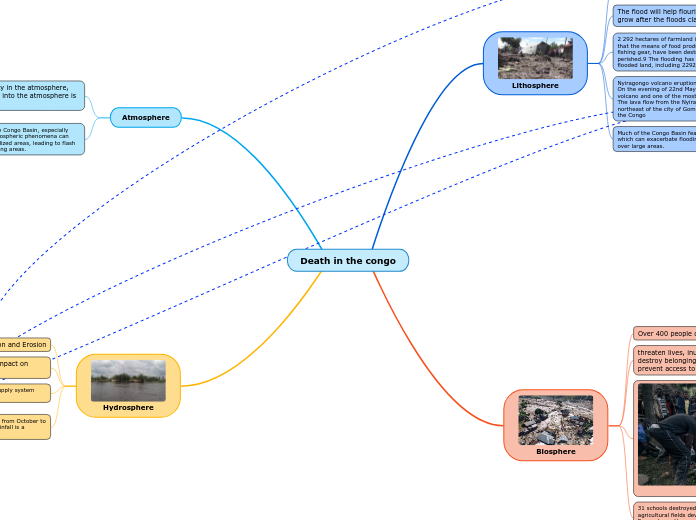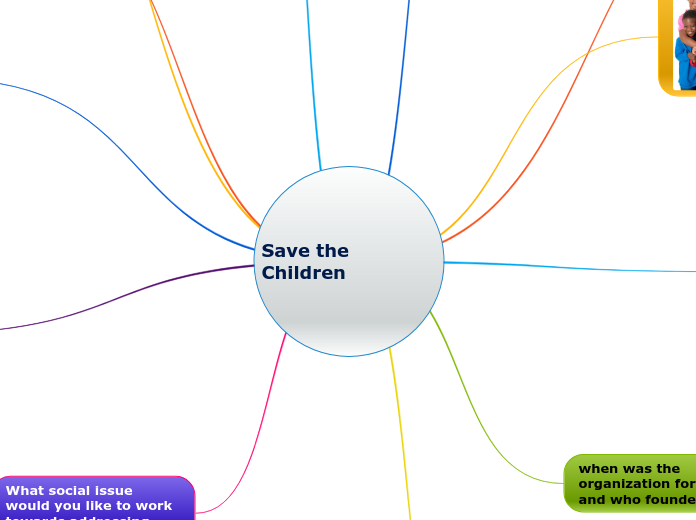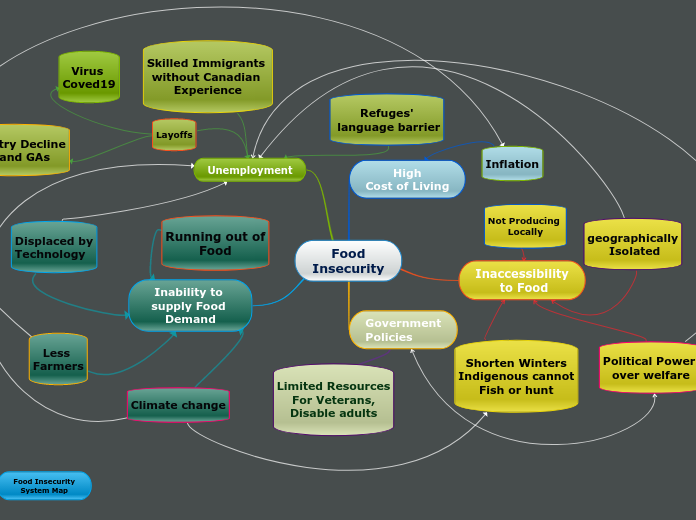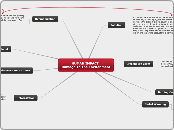von Isaac Abdillahi Vor 1 Jahr
89
Death in the congo
The Congo Basin is experiencing significant climatic changes, with an increase in atmospheric humidity and evaporation rates. This region is particularly prone to intense thunderstorms, especially during the wet season from October to April.









